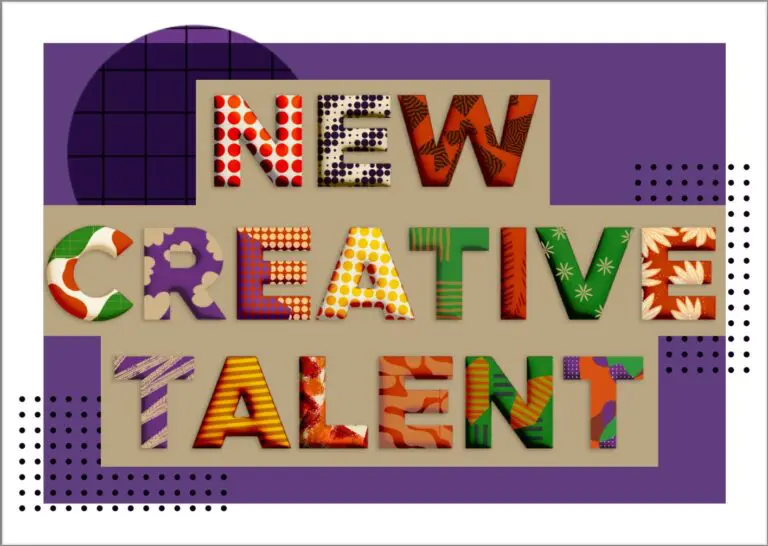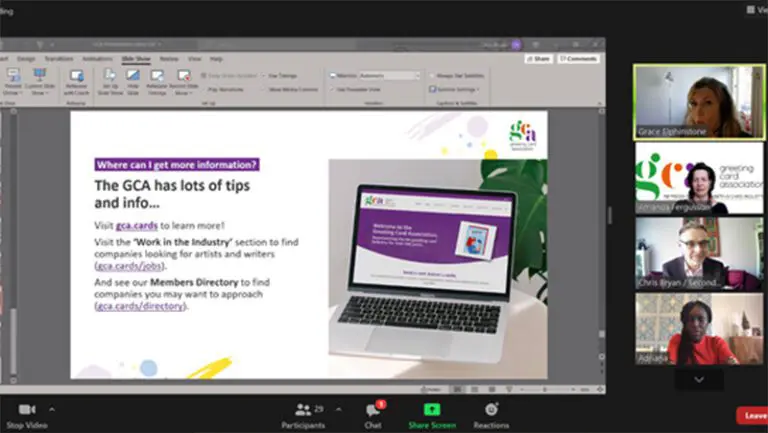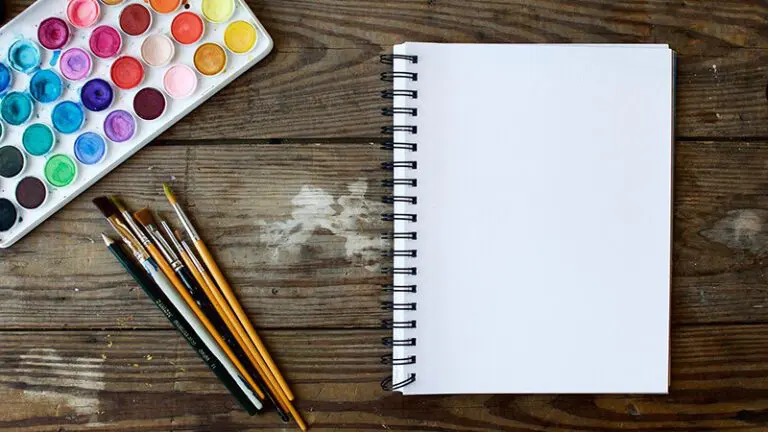Before paper was invented, civilisations across the world developed many different solutions to the problem of communicating knowledge over distance and time.
- 3000 BC Sumerians invented writing on clay tablets
- 2000-2500 BC Egyptians invented hieroglyphics and papyrus. Strips of reed were overlaid and dried to form sheets on which the hieroglyphs were painted.
- 2000 BC Minoans wrote on clay tablets.
- 1500 BC Animal shoulder bones with Chinese writing (pictograms) have been found dating from this time.
- 1500-1000 BC Aztecs used beaten bark. There were three main types: tapa; amate and hunn, on which designs were painted.
- 600 BC The Greeks developed parchment. This was made of sheep skin which was stretched and soaked in lime for over two weeks in order to preserve, thin and harden it. It was then made into long scrolls. Both parchment and vellum (which was similar, only made of calf or goat skin) were used by the Romans.
- 200 BC In China the first known development of paper, made up of torn silk shreds, but very expensive.
- 105 AD More economical paper produced in China from a variety of materials.
- 500-1000 In the West all information and books were copied out by hand. Parchment, made out of animal skin, was used as there was no paper.
- 593 First printing press invented in China
- 600-750 Paper making techniques spread when China invaded Korea and Japan. The knowledge spread throughout Asia and the Middle East.
- The Japanese developed and refined the art of paper-making and it became a very important part of their culture.
- 900 Chinese printed using wooden blocks for pictures and text.
- It was at about this time that the first Japanese folding pieces (Origami) came into being, linked with their message sending tradition.
- 1100 Knowledge of how to make paper spread to the European countries with the expansion of trade.
- Early 1200s, type characters cast from bronze first invented in Korea. The oldest extant metal type printing is ‘Baegun Hwasang Chorok Buljo jikji simche yojeol,’ abbreviated to ‘Jikji,’ which was published in 1377 Cheungju, Korea and is currently kept in France’s National Library.
- 1238 First European paper mills went into production in Spain.
- 1440 Introduction in Europe of movable metal type, which could be reset and used over and over again.
- 1470 Wood cuts introduced in Europe to illustrate the printed word.
- 1476 Caxton, the first printer in England, set up a press in Westminster.
- 1500 Printing presses set up all over Europe.
- Even at this early stage during the development of print, there were mechanisms, pivots and string pulls being used in complex scientific and astrological text books.
- 1798 The lithographic printing revelation was invented in Germany using an ‘oil’ versus ‘water’ separation process utilising Bavarian stone.
- The development of this printing process brought about the introduction of colour ‘chromolithography’, by using separate stones for each colour and over printing in registered sequence. It was this breakthrough that those in the Victorian era took to their hearts with a passion for the ornate and colourful, which could now be reproduced with multiple copies, even though it was still labour intensive. The inventiveness of the era transcended into the printed cards sent as a greeting. They became fanciful and ingenious, incorporating moving parts in the form of pull outs and pop-ups.
- 1860 With the advent of photographical processing, a revolutionary four colour photomechanical lithographic printing process evolved, which revolutionised the printing industry. It allowed for speedy, cost effective, multiple printing, ideal for mass circulation.
- Luther Meggendorfer was one of the first to capitalise on the superior technical capabilities of the German printing industry and produced movable picture books with unfolding panoramas and pop-ups containing intricate die cuts for moving mechanical parts, engineered to provide animated graphics.
- 1930 World-wide revival of interest in origami, the Japanese art of paper folding, traditionally handed down through the families which is still considered a ‘therapy’ in the today’s fast moving lifestyle.
- 1950 Consumerism takes a hold, paper engineered items taking on a broader spectrum, cross fertilisation of ideas across many disciplines.
- 1960 Flower power era, gift and card businesses blossomed. Small creative enterprises with very little capital were able to influence and generate sales throughout the world.
- 1970 A number of these smaller 3-D card publishers withstood the test of time and developed a world-wide market establishing the dimensional paper engineered card as a proven vehicle for added value and sentiment.
- 1980 A number of publishers developed the 3-D card to cross the divide from ‘card’ to ‘gift’, establishing an unique market area creating a gift you could send flat through the post which would become dimensional on opening.
To date the 3-D greeting card has become established in its own right, not only as a distinctive form for the carrying of graphics, but also as an economically presentable gift having a charm that has intrigued people into purchasing regularly on a world wide basis for ‘sending-on’ or keeping as a collectable.





